How to Protect Your Workers from Poisonous Plants
Workplace safety awareness is important to keep your staff safe whilst they are working. There are various known hazards for each industry. However, it is often the hazards that are easily forgotten which cause harm. Although not obvious, poisonous plants are a great threat to outdoor workers, especially in the summer. Here is everything you need to know and how you can protect your workforce against them:
- Types of Poisonous Plants
- Who is at Risk?
- How You Can Protect your Workers
- What Action to Take if Somebody is Affected
Types of Poisonous Plants
Many people know that there are poisonous plants out there, but they are uncertain on what they are. The most common plants found in the UK are:
Deadly Nightshade
This plant is known for both its hallucinogenic and lethal properties. The foliage and berries both contain deadly toxins. The berries have a sweet taste and are easy to mistake for fruit such as bilberries. However, eating these can cause tragic consequences.
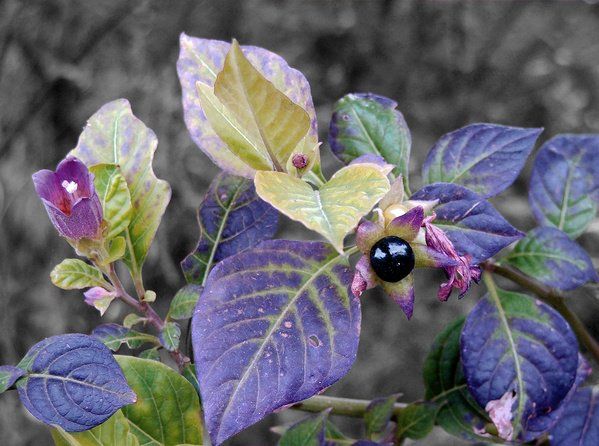
Giant Hogweed
This plant reduces the skin's protection against the effects of UV radiation. Exposure to sunlight after contact causes severe skin rashes, blistering and burns, but the effects may not start for 24 hours after contact.
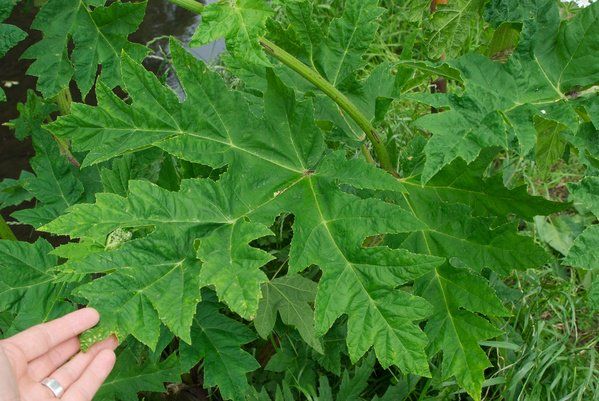
Monkshood
The entire plant is highly toxic and fatal if consumed. We should wear gloves and long sleeves when handling Monkshood to avoid skin contact with the sap. Aconite and aconitine are thought to be the key toxins. Ingestion of even a small amount results in severe stomach upset, but it is the effect on the heart, which causes death.
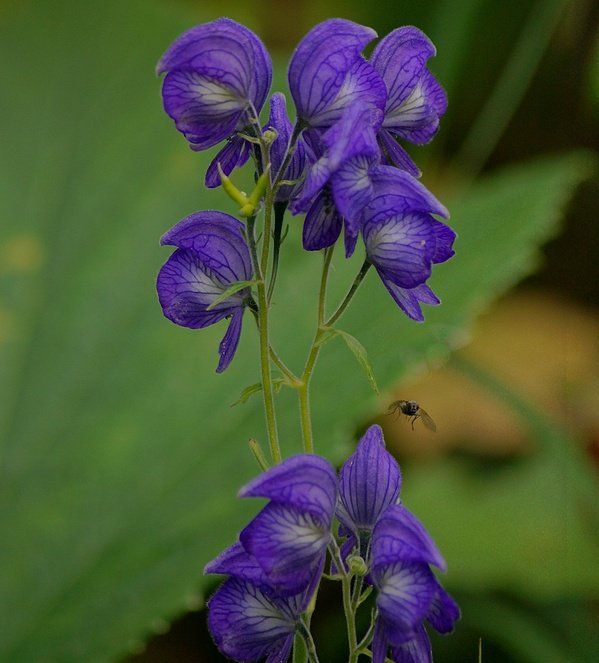
Poison Hemlock
Five alkaloids are present in hemlock. It causes violent vomiting and causes paralysis of the nervous system. Death is usually the result of respiratory failure.
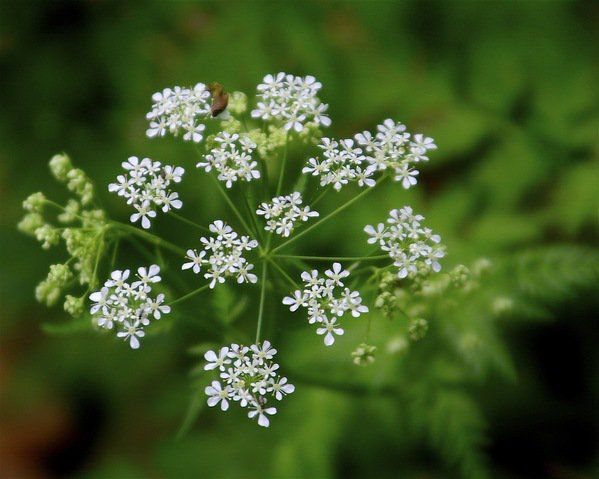
Foxglove
All parts of this plant is toxic. Consuming the leaves can cause oral and abdominal pain, nausea vomiting, and diarrhoea. In more severe cases, the symptoms can include visual disturbances as well as heart and kidney problems.
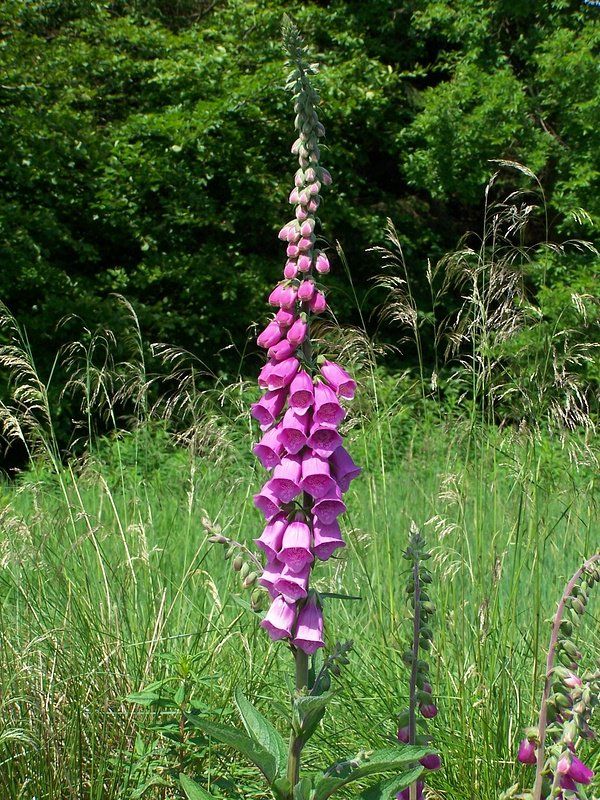
Winter Cherry
Similar to the nightshade family, the berries are poisonous. Their appearance means they can be easily mistaken as fruit which makes them dangerous. They are rarely fatal if when consumed.
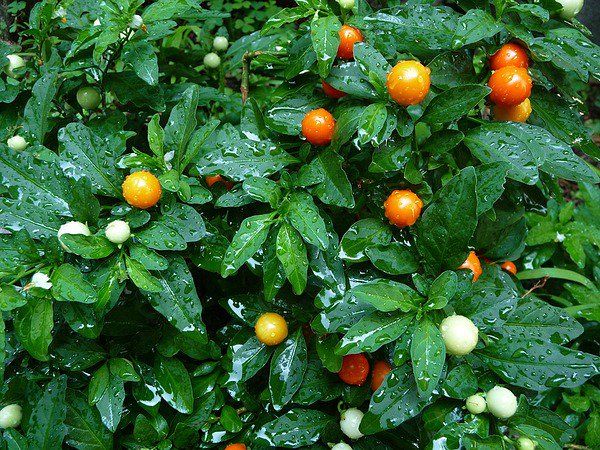
Who is at Risk?
This might seem like an obvious answer but anybody who works outdoors could be at risk from poisonous plants. The main job roles at risk though are:
- Farmers
- Foresters
- Landscapers
- Groundskeepers
- Gardeners
- Painters
- Roofers
- Pavers
- Construction workers
- Labourers
- Mechanics
How You Can Protect your Workers
The side effects of these plants can prove very nasty and workers will need indefinite time off to recover from them. This can prove costly to your business as it may leave you understaffed and under the required capacity to work most effectively. That is why it is important that you take measures to protect your workforce.
The various steps you can take include:
- Download plant identifier apps for your smartphone.
- Hold regular meetings to help your team identify poisonous plants
- Do not touch or brush against plant with bare skin
- Wear the correct PPE to cover your body such as coveralls, boots, rubber gloves and a face shield.
- Wash boots and then rubber gloves before removal
- Remove clothing carefully to avoid contact with plant sap
- Wash non-disposable clothing
- Wash equipment
- Avoid using power tools near or burning the plant (damage can release toxic sap or oil).
- Anyone who attempts to control the plant knows:
- The hazards
- The controls to prevent contact
- How to prevent further spread of the plant
What Action to Take if Somebody is Affected
However much you do try and protect your staff from the dangers of poisonous plants, it is possible that they still can be affected by them. If somebody on your team shows side effects of poisonous plants, you should:
- Wash the affected area with plenty of soap and cold water.
- Cover up the affected areas and avoid direct sunlight.
- Seek medical attention.
It is important you use cold water. Hot water would open up the pores of the skin, which would then allow the poisonous oils or sap to be absorbed deeper and easier by the skin.
Conclusion
Poisonous plants are a hazard depending on your job role. You need to ensure that you and your workers know what the common most poisonous plants look like and their effects. Also, understand how you can protect yourself and workers and the actions you can take should someone become affected.






